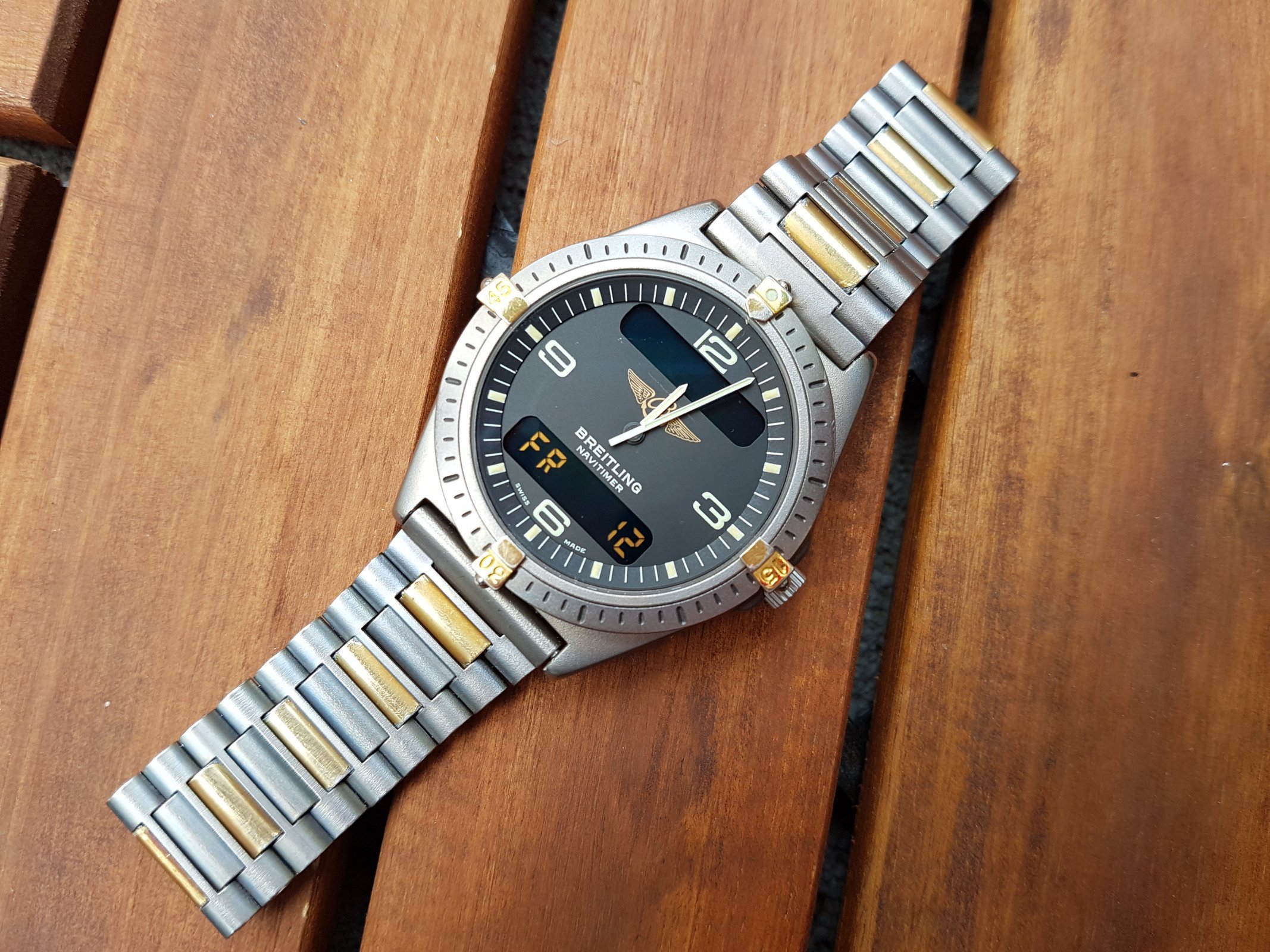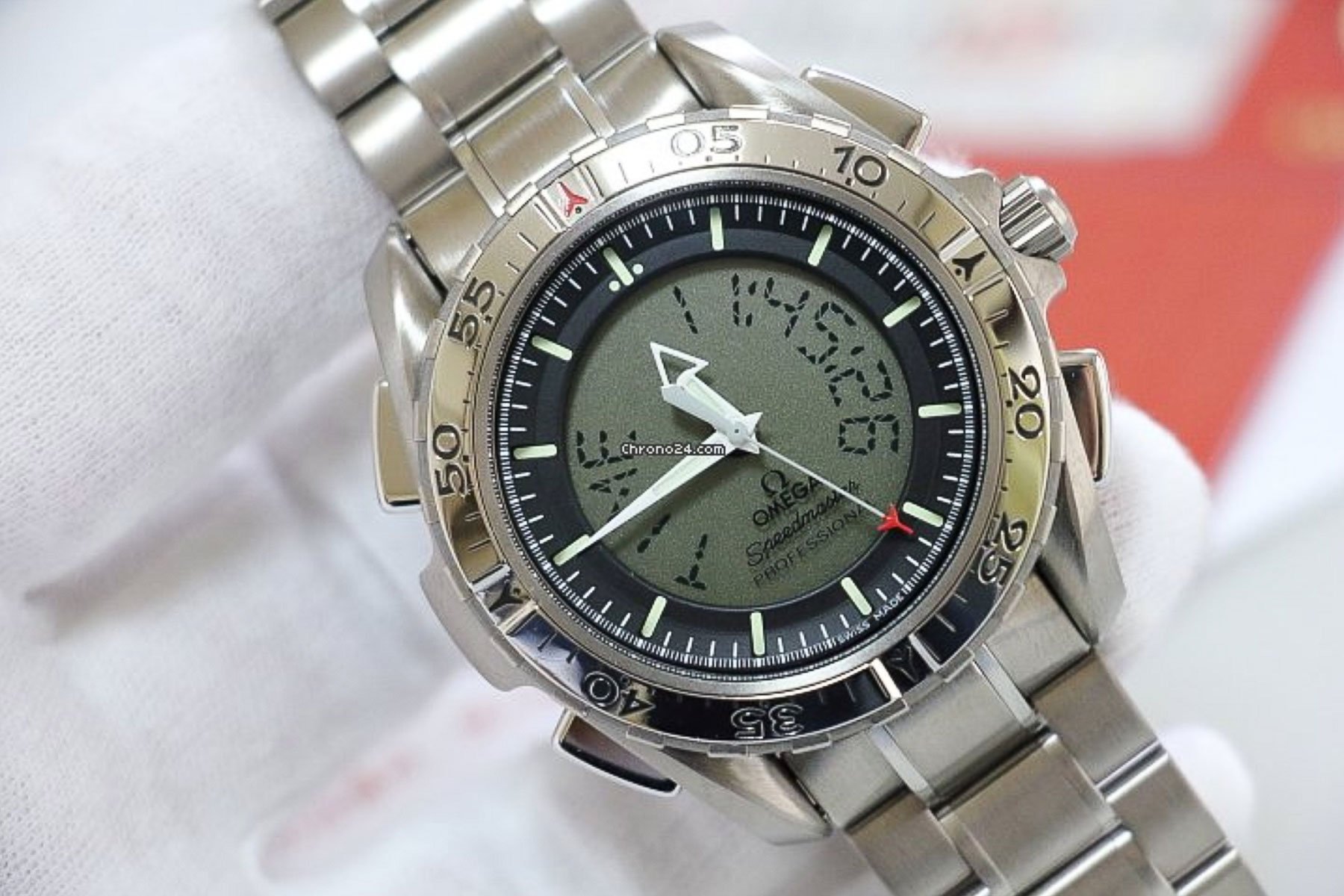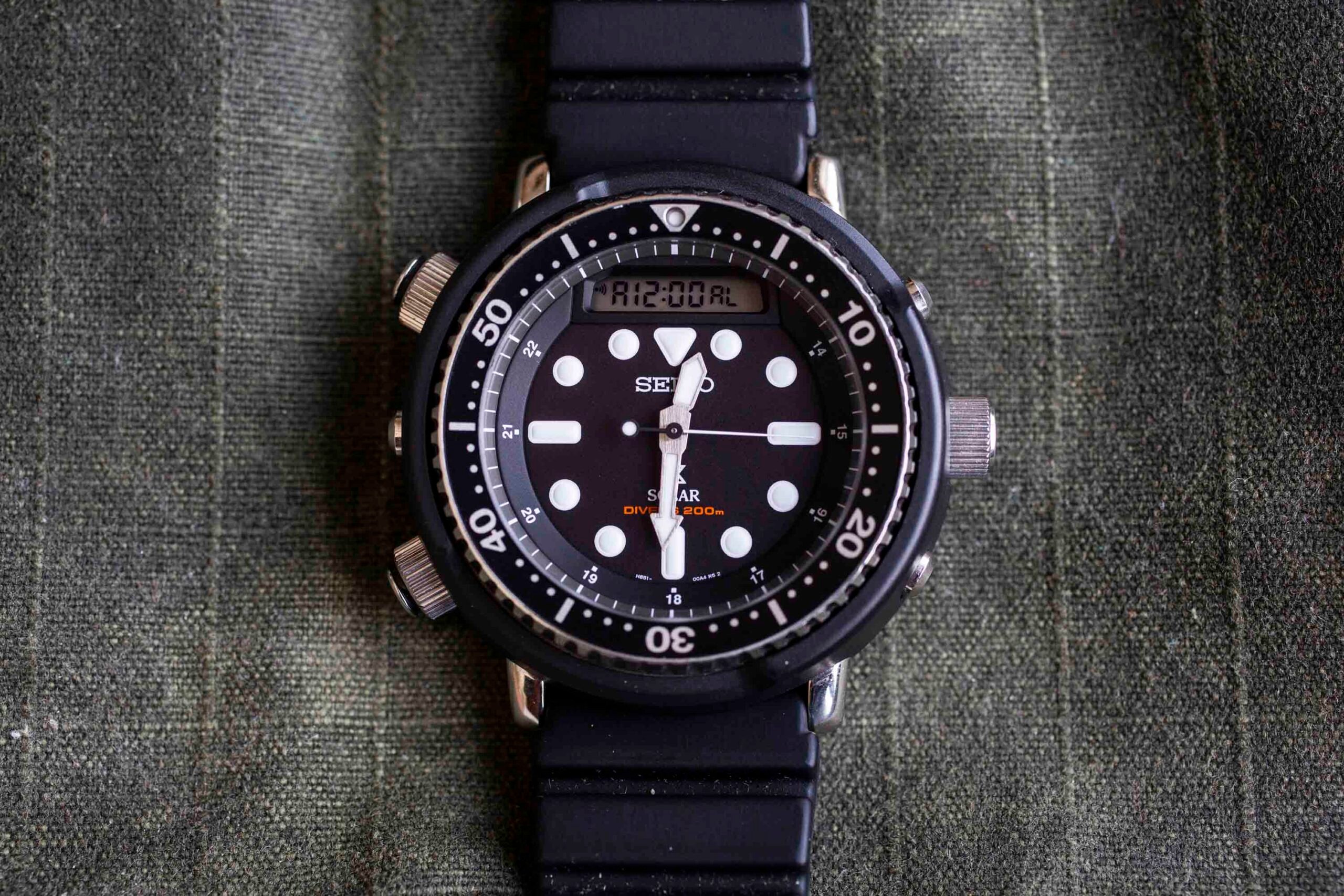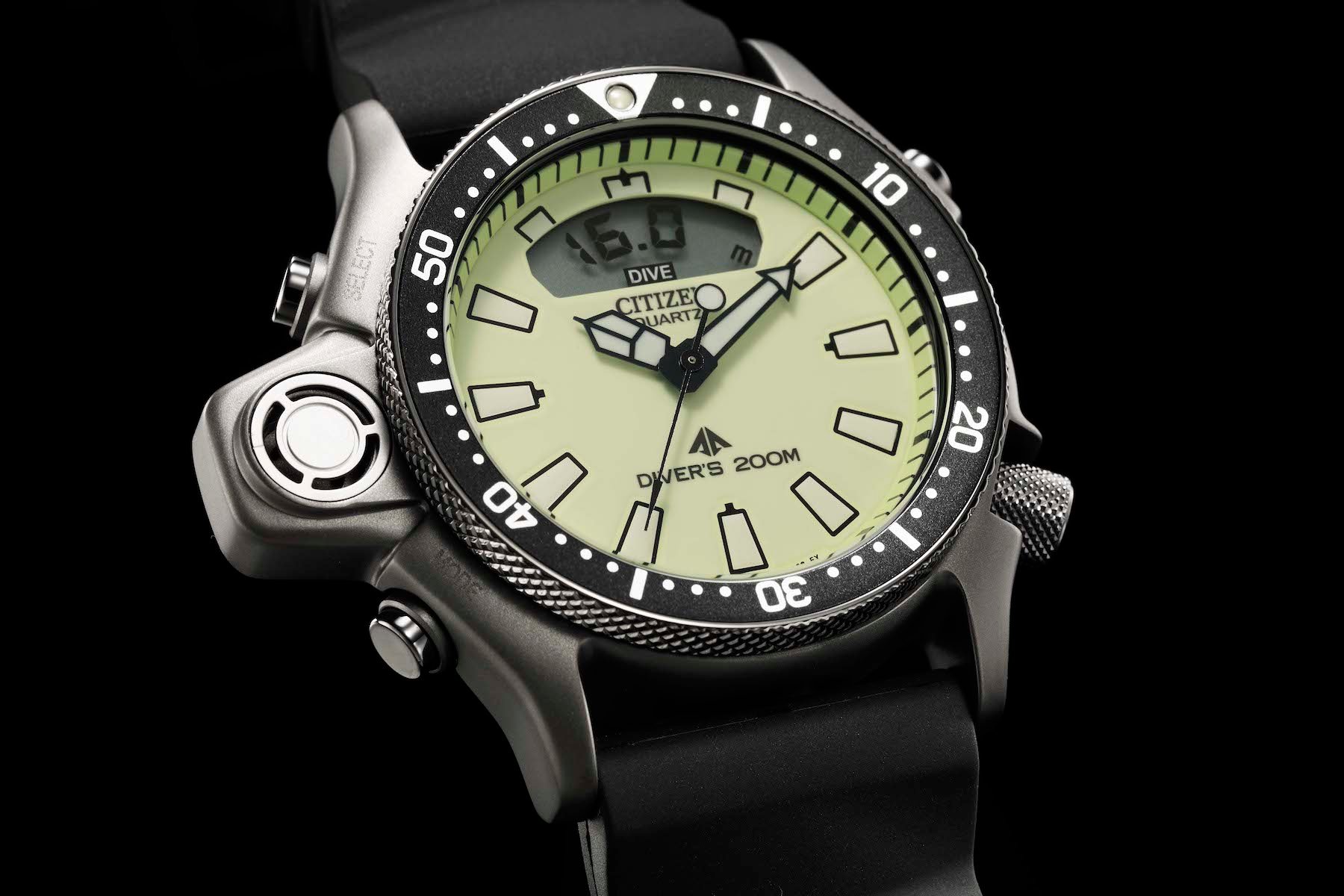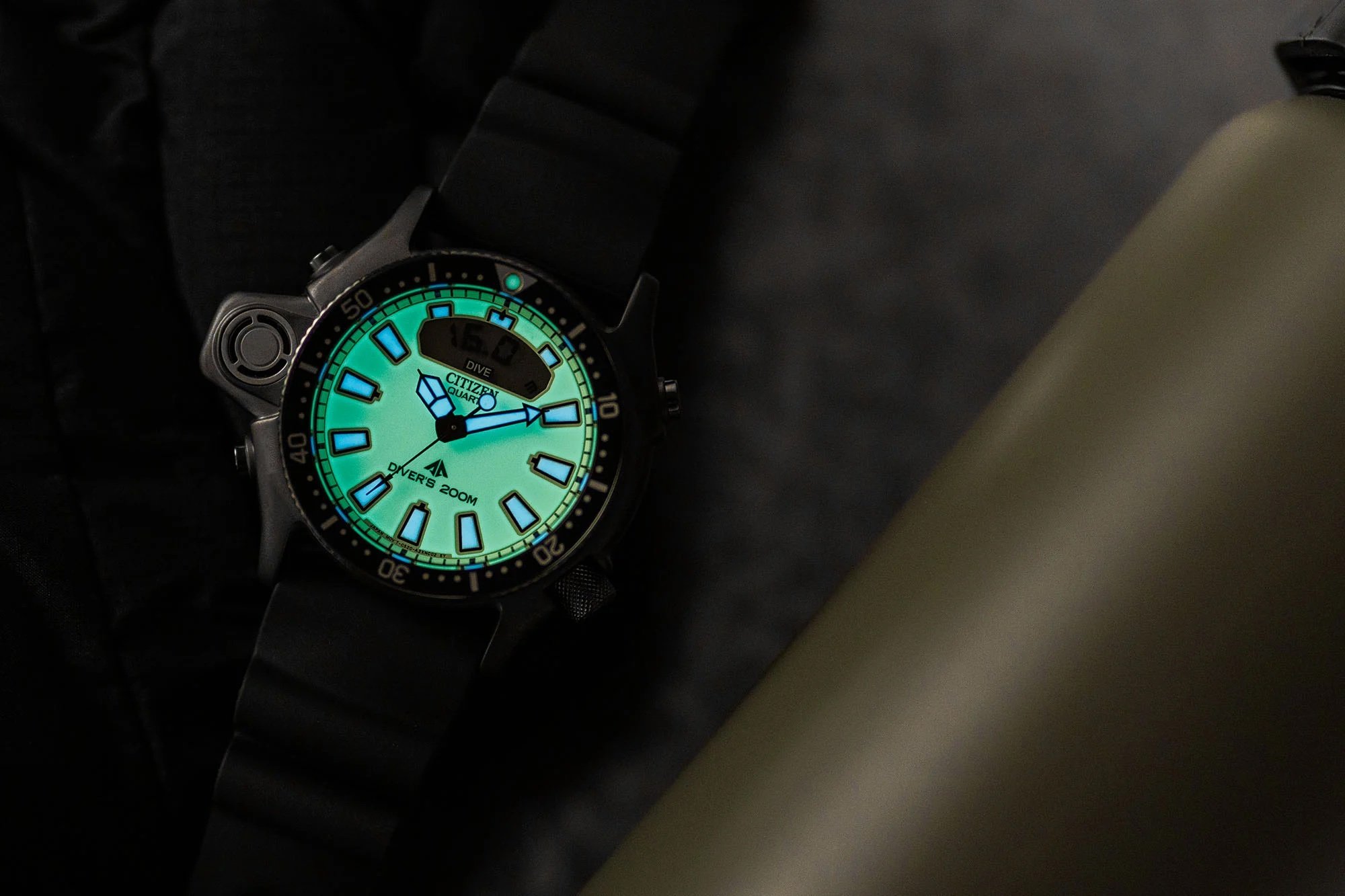Do Analog-Digital Watches Give You The Best Of Both Worlds?
Analog-digital watches are making a comeback. Here are a few fantastic examples of compelling designs from popular brands to consider. The aesthetically pleasing design of an analog watch and the added functionality of a digital complication make a strong case for including analog-digital watches in any enthusiast’s collection. Let’s take a look.
When I say that analog-digital watches are making a comeback, I don’t mean that they represent a massive part of the enthusiast market. However, for a relatively niche category, analog-digital watches consistently punch above their weight with media coverage and chatter on online forums and podcasts. Perhaps this is because analog-digital watches are a great mix of traditional watch design and modern functionality. Here at Fratello, we have covered several modern and neo-vintage analog-digital watches, and some will be featured in today’s article. There’s a great deal of expertise and opinions on this category of watches out there, folks, so please leave your recommendation(s) for additions to this list in the comments. Without further ado, let’s dive in.
The Breitling Aerospace
Breitling’s Aerospace is an attractive option right off the bat. The avant-garde Navitimer Aerospace debuted in 1985 and featured a multifunction quartz movement controlled exclusively through the crown. The watch started a successful lineage that continues today, but the model that pulls my heartstrings is the original from the 1980s. This 40mm titanium watch houses the ETA 988.332-based Breitling 56 caliber, which offers an alarm, a perpetual calendar, a second time zone, and a 1/100th-of-a-second chronograph.
It’s no wonder the Aerospace earned a place on our list of some of the best Breitling watches from the 1980s. As stated, the wearer can access and control all the functions by simply turning, pushing, or pulling the crown. This means that the watch has no pushers. The Navitimer Aerospace ref. 80360 stayed in production unchanged for about five years, after which Breitling changed the reference numbers (E56059 and F56059) and replaced “Navitimer” with “Aerospace” on the dial. The watch’s aesthetic unashamedly hails from the 1980s, but it still looks good today dressed up on a bracelet or dressed down on a NATO strap. For those interested in a new watch, Breitling still makes the Aerospace, and it features a host of technical upgrades to boot.
The Omega Speedmaster X‑33
The Omega Speedmaster X-33 is a watch that needs no introduction here on Fratello. We have written extensive guides on this particular watch, and it’s an iconic design from Omega. While this article is not meant to be an in-depth look at any particular watch mentioned, it is worth noting the important cultural role the X-33 has played in Omega’s history. It is a bit of a quirky cousin in the Speedmaster family and has a host of dedicated fans.
The original Omega Speedmaster X-33 was released in 1998 with astronauts in mind. It provides lots of useful features over a regular mechanical Speedmaster. A backlight, an alarm, a countdown timer, a chronograph, and both analog and digital time displays are just some of its fantastic functions. The titanium case helps keep the watch relatively light on the wrist too. The Omega Speedmaster X-33 is just a fantastic bit of horological history, and I encourage any of our readers unfamiliar with its story to read our guide linked above.
The Seiko Prospex “Arnie” Watch SNJ025
Seiko’s SNJ025 is a reimagining of an original design from the 1980s. That watch, the Seiko ref. H558-5000, was dubbed the “Arnie” because of its association with the Hollywood actor Arnold Schwarzenegger. The actor wore it in films such as Predator and Commando. The watch we’re talking about today, however, is the Prospex SNJ025. This watch has all the modern specs you’d expect from a Prospex-series watch. This includes a 200m depth rating, a rugged case, and a screw-down crown. The movement, Seiko’s solar-powered H851, can run for six months on one full charge and offers accuracy to within ±15 seconds per month.
The case has a massive 47.8mm diameter with a 50.5mm lug-to-lug and a 13.8mm thickness. In reality, the watch feels smaller on the wrist, which I discovered while testing it out on several ocean trips. The tuna-can-style case helps the watch wear better than the dimensions suggest. It’s covered in a protective black plastic shroud, which, apparently, is there to aid in durability. The association with several blockbuster hits that have become cultural icons is a bonus for this solid and well-made analog-digital watch. The Seiko SNJ025 can sometimes be found on sale for as little as AU$465 (about €280) here in Australia. This makes it a bit of a bargain as well.
The Citizen JP2007-17W Promaster Aqualand Diver
Citizen’s Aqualand is a remarkable dive watch. Introduced in 1985, the Aqualand ref. C0023 was the first wristwatch to feature an electronic digital depth gauge. Other brands had already introduced analog depth gauges on watches. Favre-Leuba (a brand recently reinvigorated) as well as Aquadive had them in the previous decade. However, Citizen was the first to incorporate a more futuristic (at the time) electronic digital depth gauge into a traditional watch design. This gauge stands out prominently on the case flank. Its relatively small digital readout beneath 12 o’clock keeps things simple and legible. Sure, you probably wouldn’t want to wear this watch with a three-piece suit. But there’s something “very vibe” about the design if you intend to take your watch anywhere near the water.
Citizen still pays homage to this important slice of history with the modern re-edition of the Aqualand. Several references are available, including my favorite with a fully luminescent dial. What’s even better is the price of this technically updated watch. In my home country of Australia, I have seen brand-new examples for sale for as little as AU$565 (about €340). This seems like a steal when you consider the capable specifications and quirky, unique design. This is before we even consider the heritage and history of the watch. The modern Citizen Aqualand is a compelling analog-digital watch and an excellent starting point for anyone curious about this niche.
Concluding thoughts
There are multiple other options out there, and this article merely scratches the surface. That said, the combination of analog and digital displays is an interesting sub-section of the watch market. One key takeaway for me is the sheer number of interesting options out there. I don’t currently own an analog-digital watch, but I am seriously considering getting one now.
So, the question remains: do analog-digital watches give you the best of both worlds, meaning a classic analog design mixed with the functionality of a digital watch? I think the answer is a qualified “yes” — if you can deal with losing the mechanical movement we watch enthusiasts often long for, then yes. If you were after an analog-digital watch today, what would you get and why? I’m looking forward to reading your ideas in the comments.

